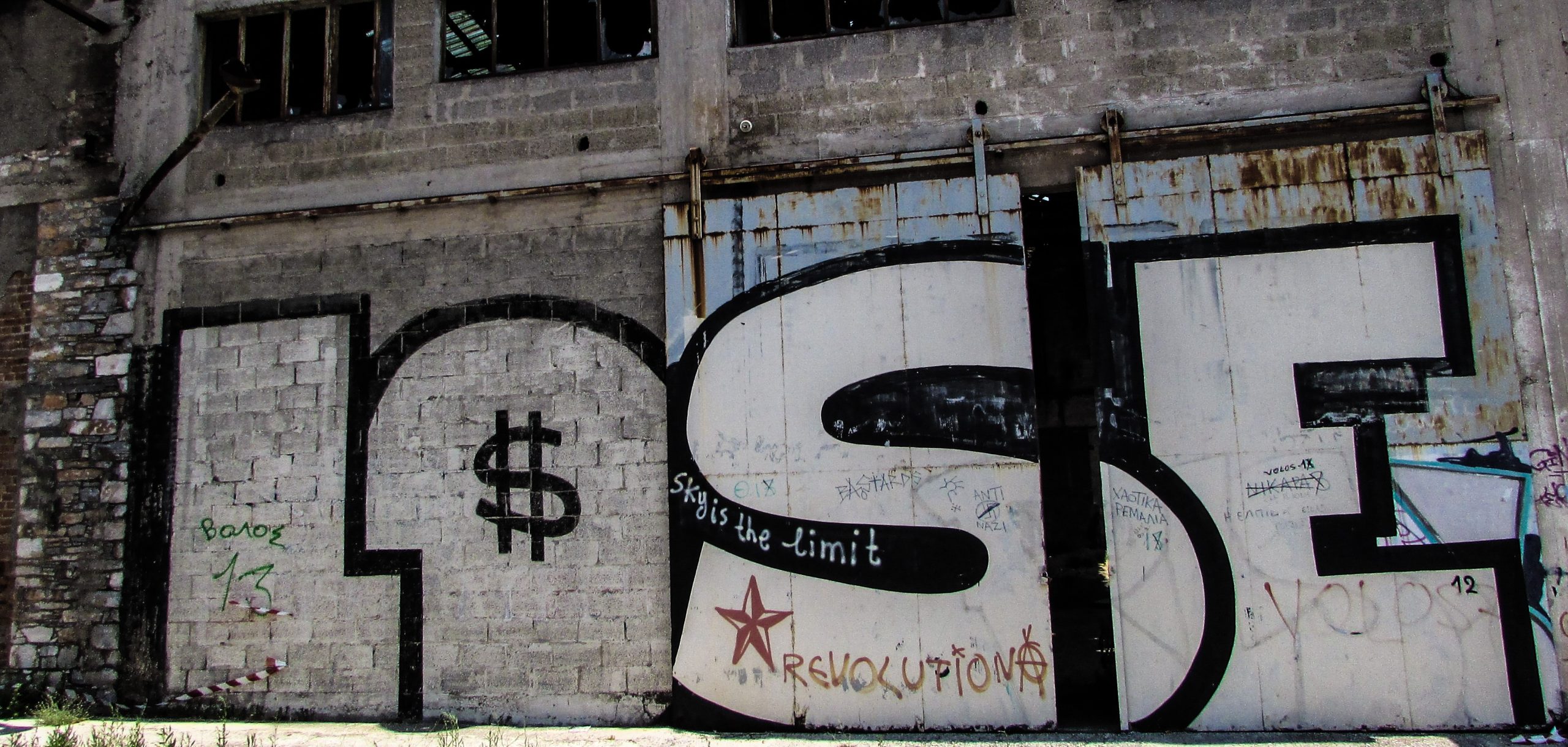 Employment law disputes are very fact-specific inquiries. Judges, especially workers’ compensation judges, are typically well-equipped to handle these cases. But when a judge mishandles the facts or misinterprets the law having an excellent attorney in your corner helps in the appeal process. For the Sewerage & Water Board of New Orleans (“SWBNO”), the appeal detailed below involves several issues that SWBNO argues were in error based on the workers’ compensation judge’s decision.
Employment law disputes are very fact-specific inquiries. Judges, especially workers’ compensation judges, are typically well-equipped to handle these cases. But when a judge mishandles the facts or misinterprets the law having an excellent attorney in your corner helps in the appeal process. For the Sewerage & Water Board of New Orleans (“SWBNO”), the appeal detailed below involves several issues that SWBNO argues were in error based on the workers’ compensation judge’s decision.
To provide important background information, this case involved a former employee, Catherine Johnson (“Johnson”), who was hired by SWBNO in April 2013 as a probationary employee, meaning she was not considered a full-time employee during the six months after she started the job. However, while Johnson was still in this designated probationary period, she was injured on the job during her employment with SWBNO. About a month before Johnson’s probationary period was set to end, SWBNO held a pre-termination hearing that determined Johnson displayed a poor work performance unrelated to her injury, which caused her employment to be terminated.
Johnson subsequently filed a disputed claim for compensation against SWBNO with the Office of Workers’ Compensation that included a request regarding penalties for failure to timely reimburse mileage expenses, among other payments for wages and benefits. SWBNO denied the claims, and a hearing ensued before the workers’ compensation judge.
 Insurance Dispute Lawyer Blog
Insurance Dispute Lawyer Blog


 People may be fired for a variety of reasons. Often a dismissed employee feels the termination was unjust or racially based. Bringing a lawsuit under
People may be fired for a variety of reasons. Often a dismissed employee feels the termination was unjust or racially based. Bringing a lawsuit under  If you were wrongfully terminated from a civil service position within your local government, you might be eligible to receive some compensation for your trouble. For example, say you are placed on suspension and are on track to be terminated. However, you later appeal that decision, and your suspension and termination are lifted. As a result, you may be allowed to reclaim back pay and exceptional pay for the time you were prohibited from working. The following case out of Plaquemines parish discusses the issues of back pay and exceptional pay and how they apply within a court proceeding.
If you were wrongfully terminated from a civil service position within your local government, you might be eligible to receive some compensation for your trouble. For example, say you are placed on suspension and are on track to be terminated. However, you later appeal that decision, and your suspension and termination are lifted. As a result, you may be allowed to reclaim back pay and exceptional pay for the time you were prohibited from working. The following case out of Plaquemines parish discusses the issues of back pay and exceptional pay and how they apply within a court proceeding.  Workers’ compensation is a financial support system that may be available to injured employees. It aims to ensure employees are compensated for their injuries and do not bear the entire expenses of medical bills. Workers’ compensation laws differ from state to state. Still, the general idea is that employees can get benefits regardless of who was at fault for the injury so long as the injury arose from an act during employment.
Workers’ compensation is a financial support system that may be available to injured employees. It aims to ensure employees are compensated for their injuries and do not bear the entire expenses of medical bills. Workers’ compensation laws differ from state to state. Still, the general idea is that employees can get benefits regardless of who was at fault for the injury so long as the injury arose from an act during employment.  Rick Sheppard, an inmate in the custody of the
Rick Sheppard, an inmate in the custody of the  A chemical plant explosion, sudden and dangerous, causes chaos when the workers try to escape. During that exodus, a worker is trampled by his colleagues as they attempt to flee. Who then bears responsibility for the injuries caused by this trampling? Is it the other workers? Is it their managing company? Is it the owner of the chemical plant?
A chemical plant explosion, sudden and dangerous, causes chaos when the workers try to escape. During that exodus, a worker is trampled by his colleagues as they attempt to flee. Who then bears responsibility for the injuries caused by this trampling? Is it the other workers? Is it their managing company? Is it the owner of the chemical plant? Anyone involved in a lawsuit knows that litigation can take months or even years to resolve. Though courts try to expedite the process, the parties involved are also responsible for moving the case forward expediently. If the plaintiff in a lawsuit files a complaint and fails to take further action for a certain amount of time, the defendant may file a motion to dismiss on the grounds of abandonment. The case below is an example of how the abandonment of a lawsuit by the plaintiff resulted in the dismissal of the action.
Anyone involved in a lawsuit knows that litigation can take months or even years to resolve. Though courts try to expedite the process, the parties involved are also responsible for moving the case forward expediently. If the plaintiff in a lawsuit files a complaint and fails to take further action for a certain amount of time, the defendant may file a motion to dismiss on the grounds of abandonment. The case below is an example of how the abandonment of a lawsuit by the plaintiff resulted in the dismissal of the action.  What happens when the same wrongdoer injures several people? Typically, in cases like this, the court may consolidate the actions to promote the efficient use of judicial resources. However, these cases may be complex and lengthy and require expert testimony, as exemplified by the following lawsuit out of Lake Charles, Louisiana.
What happens when the same wrongdoer injures several people? Typically, in cases like this, the court may consolidate the actions to promote the efficient use of judicial resources. However, these cases may be complex and lengthy and require expert testimony, as exemplified by the following lawsuit out of Lake Charles, Louisiana.  It is always difficult when you lose a job. But it can be even more difficult if you feel you were unfairly fired. If you find yourself in this situation, consider what legal options are available. This is the situation Christine Simpson found herself in after being fired from her job as a production technician in Canton, Mississippi.
It is always difficult when you lose a job. But it can be even more difficult if you feel you were unfairly fired. If you find yourself in this situation, consider what legal options are available. This is the situation Christine Simpson found herself in after being fired from her job as a production technician in Canton, Mississippi.